How much consideration goes into Responsible Computing in business today?
Time to read: 5 mins
It’s not surprising that IT teams are under growing pressure to support sustainability goals. Carbon offsetting by moving workloads to the cloud is no longer an acceptable solution and more needs to be done.
Increasingly sustainable storage and compute options are becoming available, but with energy consumption rising drastically to support more demanding workloads including AI and high-performance computing, how can businesses adopt responsible computing to aid the ESG agenda and remain competitive in the age of digitisation?
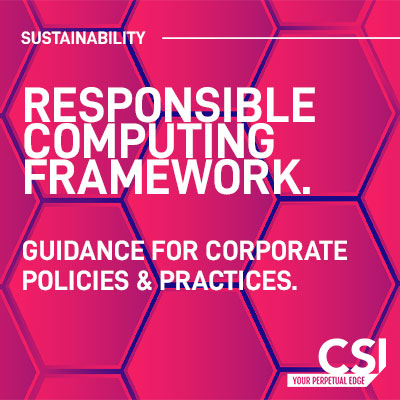
What is Responsible Computing?
In today’s post-pandemic world, digitalisation and the climate emergency are driving forces in effecting change. Companies are accelerating climate action for three main reasons: investor pressure, consumer pressure and the policy landscape. With many businesses looking to technology to help solve these challenges, it’s important we think carefully about how it will impact the environment.
Back in November 2021, IBM Fellow and VP for Technology in EMEA, Rashik Parmar, presented a BCS webinar to raise awareness for responsible computing. The IBM Academy of Technology (AoT) kicked off the initiative to collaborate with over 100 business leaders to engage on conversations around responsible computing – and in May 2022, Object Management Group created the responsible computing consortium to help enterprises determine if they are doing enough to be sustainable, or ethical, in the use of data.
Responsible ComputingTM is based on input from +100 CIOs & CTOs, formed in collaboration with the client council, distilled insights from IBM global experts, best practices from IBM Research & Development, and client engagements. The result is a membership consortium that provides a framework for setting responsible corporate policies and practices.
The six domains of responsible computing
The responsible computing framework is built across six interconnected domains. Several cross-cutting themes like climate, ethics or use of natural resources are primarily attached to the dominant framework domain.
- Responsible Data Centre – considers the potential impact on the environment of an advanced modern data centre.
- Responsible Infrastructure – considers the Environmental, Social and Governance (ESG) impact of hardware, software and networks required to develop and deliver IT services and provides an actionable framework.
- Responsible Code – considers the potential environmental, societal, and economic impact that design, coding, and architecture decisions can have whilst utilising methods to minimise their negative impact.
- Responsible Data Usage – the duty to deal with, and have control over, data and its lifecycle as well as being accountable of the mindful, effective, and efficient usage of it.
- Responsible Systems – the need for companies to develop systems that everyone can trust, that address bias and discrimination, and consider impact on the environment, individuals, society, and the future.
- Responsible Impact – the use of technology to change the world for a better future.
Responsible computing is more than moving workloads to the cloud
The responsible computing deliverables include methodologies for all six domains to help companies understand where they are today and demonstrate how they are improving and delivering against their KPIs.
Although cloud and data centre providers may use renewable energy sources, moving workloads to the cloud to reduce carbon emissions thereby offsetting your on-premises infrastructure, just switches the problem from one place to another and doesn’t make a positive impact on the environment.
Perhaps businesses need to look internally to understand how and where their workloads are running and whether they can improve energy utilisation in other ways. Taking advantage of more efficient servers or storage options is one way to deliver increasingly sustainable outcomes.
Is data storage driving up your energy costs?
Data growth isn’t a new challenge. Businesses have been battling with it for years and adopting technology to support deduplication and compression goals. But with energy rates increasing, many businesses are now looking for more energy efficient, sustainable storage solutions to help bring the cost down.
In its commitment to building sustainable products, IBM’s primary storage offering now guarantees energy efficiency for client-owned flash devices. With its computational storage design, IBM Storage FlashSystem boosts efficiency by leveraging embedded computational power. This means it performs some of the data manipulation in-situ where the data is stored instead of moving the data and overloading the GPU.
The benefit for an organisation is it can start to save energy, and money on the cost of running storage devices and get more efficiency from the technology and in turn, lower its carbon footprint.
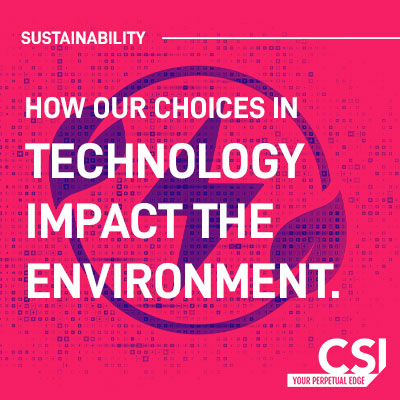
Are you maximising your server utilisation and compute power?
When it comes to driving better efficiency with improved utilisation of servers, the IBM Power10 model delivers consolidation at far higher levels than is possible with x86-based alternatives. And when compared with Azure and AWS, it also offers a greater ability to scale, as David Spurway, IBM Systems Technology Architect, explains* during this IBM webinar.
Performance of the virtual servers, bare metal server, and physical IBM Power servers when considering maximum capacity:
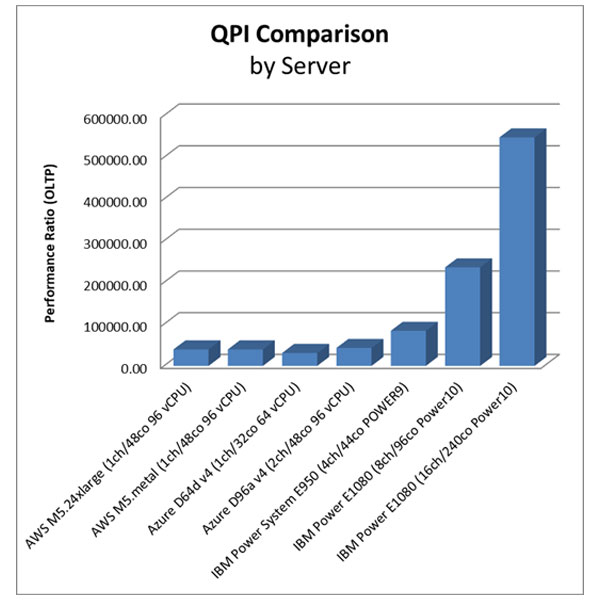
Dividing server performance rating by number of cores, provides a rough estimate of performance per core; and the fewer cores needed, the less energy is consumed:
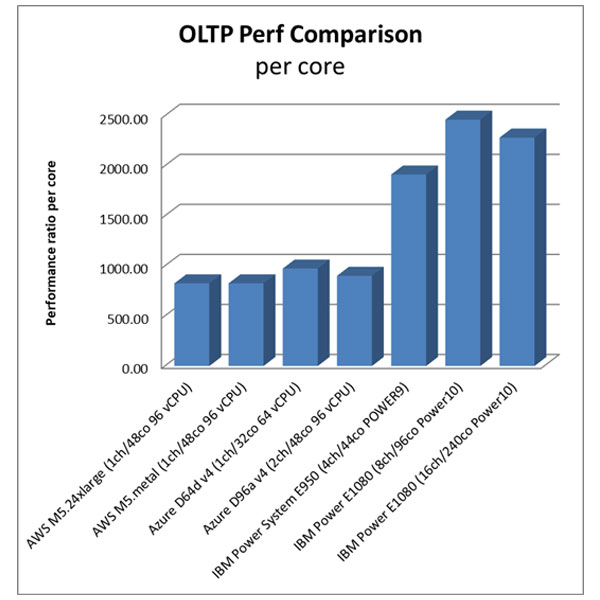
* In the model, David used the conservative performance metric of the IDC QPI, which gives relative performance across architectures but does not consider advantages for specific workloads. E.G. Power10 cores can hold over 4X more containers per core than x86, so the real values may be even higher.
Becoming more responsible with technology
In recent years, not only has a global pandemic and other geopolitical events reshaped what we demand from IT, but corporate leaders now understand that supply chains, as much as the kit within their own walls, are falling under new pressures to perform sustainably and remain secure. For technology, the future is calling for more efficient, faster, compliant, and responsible IT operations.
In the near future, business leaders will have to grapple with how to scale operationally and efficiently without risking the security of their technology. What’s even more significant, responsible and ethical use of IT is changing how technology addresses some of today’s most pressing challenges. For corporate leadership, this means viewing the value of IT holistically, whether that’s a conversation about emissions, data stewardship, packaging, or even end-of-life and waste management.
For businesses in transition, the conversation surrounding responsible IT can feel overwhelming. In a busy marketplace, which kit is most performant, secure and efficient? Better yet, where are the opportunities to operate efficiently across your existing estate?
If you are looking for answers to understand how to operate more responsibly, CSI’s technicians have over four decades of experience helping clients scale with cutting-edge, efficient, and sustainable technologies. For a no-obligation conversation, or to find out more about sustainable, responsible computing, get in touch.
This blog is based on our article published in The Trading Herald, November 2022.
Read More Articles
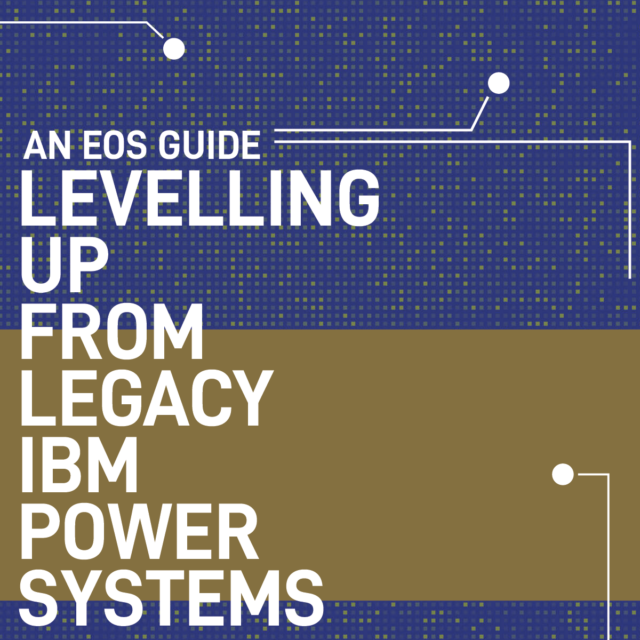
IBM Power
Levelling Up from Legacy IBM Power Systems (An EOS Guide)
Why Modernisation Matters Modernisation is often about market competitiveness and relevance. For modernised organisations, offboarding outdated hardware is a matter…
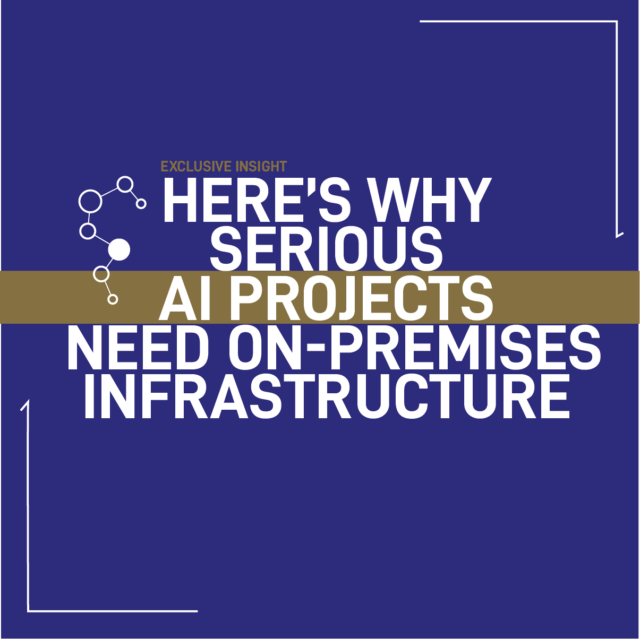
IBM Power
Why Private infrastructure is better for AI
Running AI Models vs. Building New AI Models: Inferencing and Training To make informed platform choices depends on a clear…
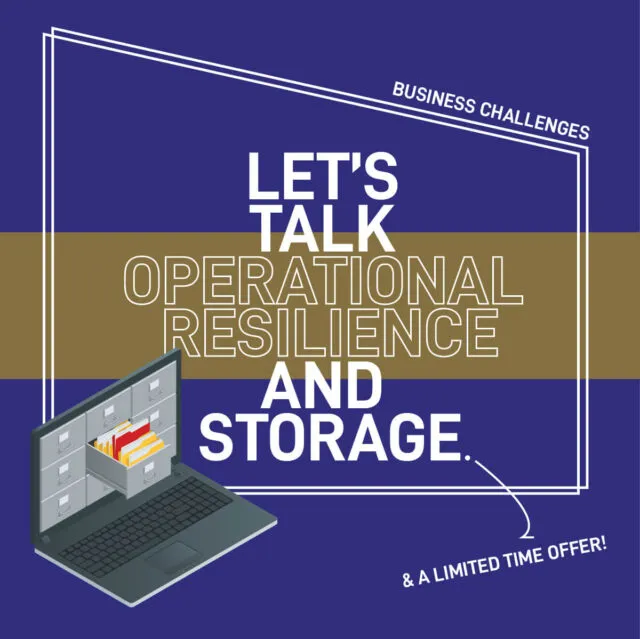
Storage and Backup
Improving Operational Resilience (With AI-driven Technology)
The Financial Impact of Cyber Attacks is Underestimated On average, analysts have discovered, a cyber-attack will force a UK SME…
Ready to talk?
Get in touch today to discuss your IT challenges and goals. No matter what’s happening in your IT environment right now, discover how our experts can help your business discover its competitive edge.